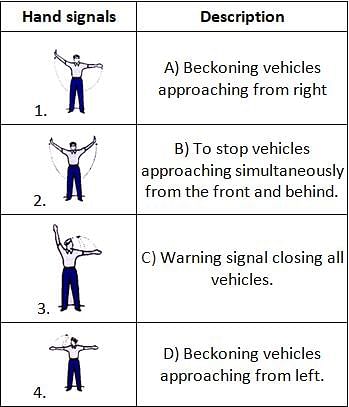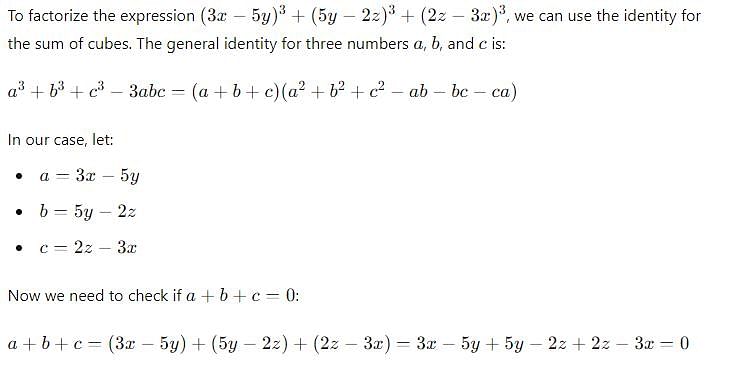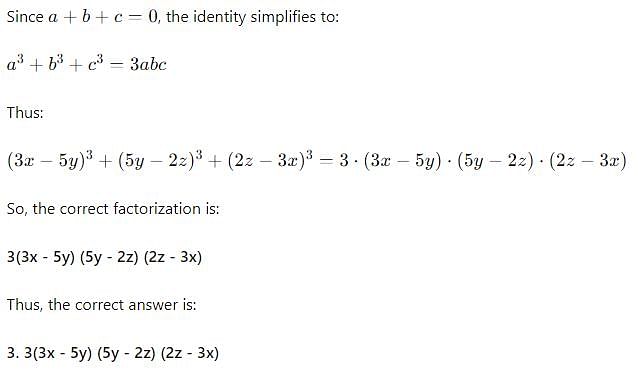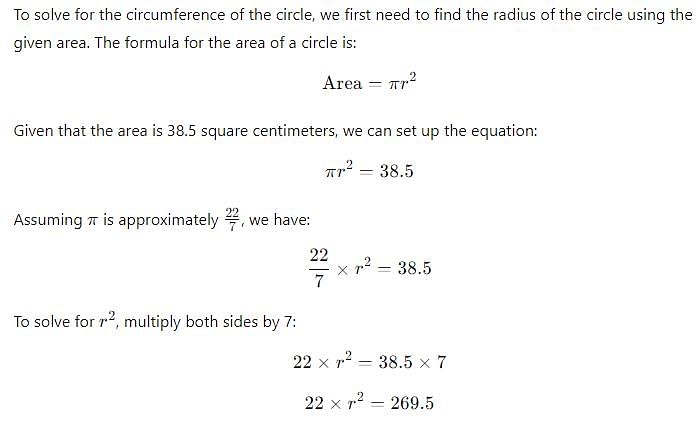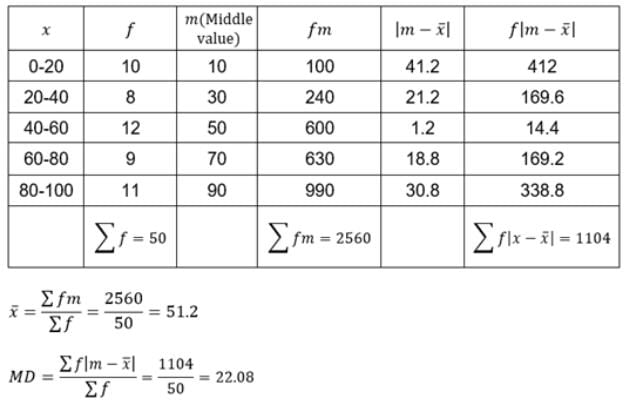HSSC TGT Math Mock Test - 6 - HSSC PGT/TGT MCQ
30 Questions MCQ Test - HSSC TGT Math Mock Test - 6
Britishers confiscated Bahadurgarh from Scindia King and handed it as a Jaghir to the brother of Nawab of Jhajjhar in
The main air pollutant(s) in metropolitan cities is/are
High value of BOD in a water stream indicates which of the following?
Who among the following served longest time as the Chief Minister of Haryana?
Match List-I and List-II and select the correct answer using the codes given below the lists-
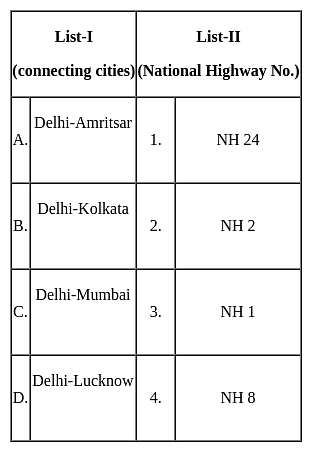
An experiment involves rolling a pair of dice and recording the number that comes up. Suppose,
A: the sum is greater than 8.
B: 2 occurs on either die. Then A and B are ……. events.
The area of a circle is 38.5 sq. cm. Its circumference is
The area bounded by the curve y = x3, the x – axis and two ordinates x = 1 and x = 2 is
The mean deviation about the mean for the following data:

The function f(x) = x(x + 3) e–x/2 satisfies all the conditions of Rolle’s theorem in [–3, 0]. The value of c which verifies Rolle’s theorem, is
Let R be a relation defined on the set of N natural numbers as R = {(x, y): y is a factor of x, x, y∈ N} then,
Read the following text and answer the following questions.
A manufacturer of TV sets produced 600 sets in the third year and 700 sets in the seventh year, assuming that the production increases uniformly by a fixed number every year.
Q. Find the total production in the first 7 years.
If the plane 2x – y + z = 0 is parallel to the line then value of a
is






